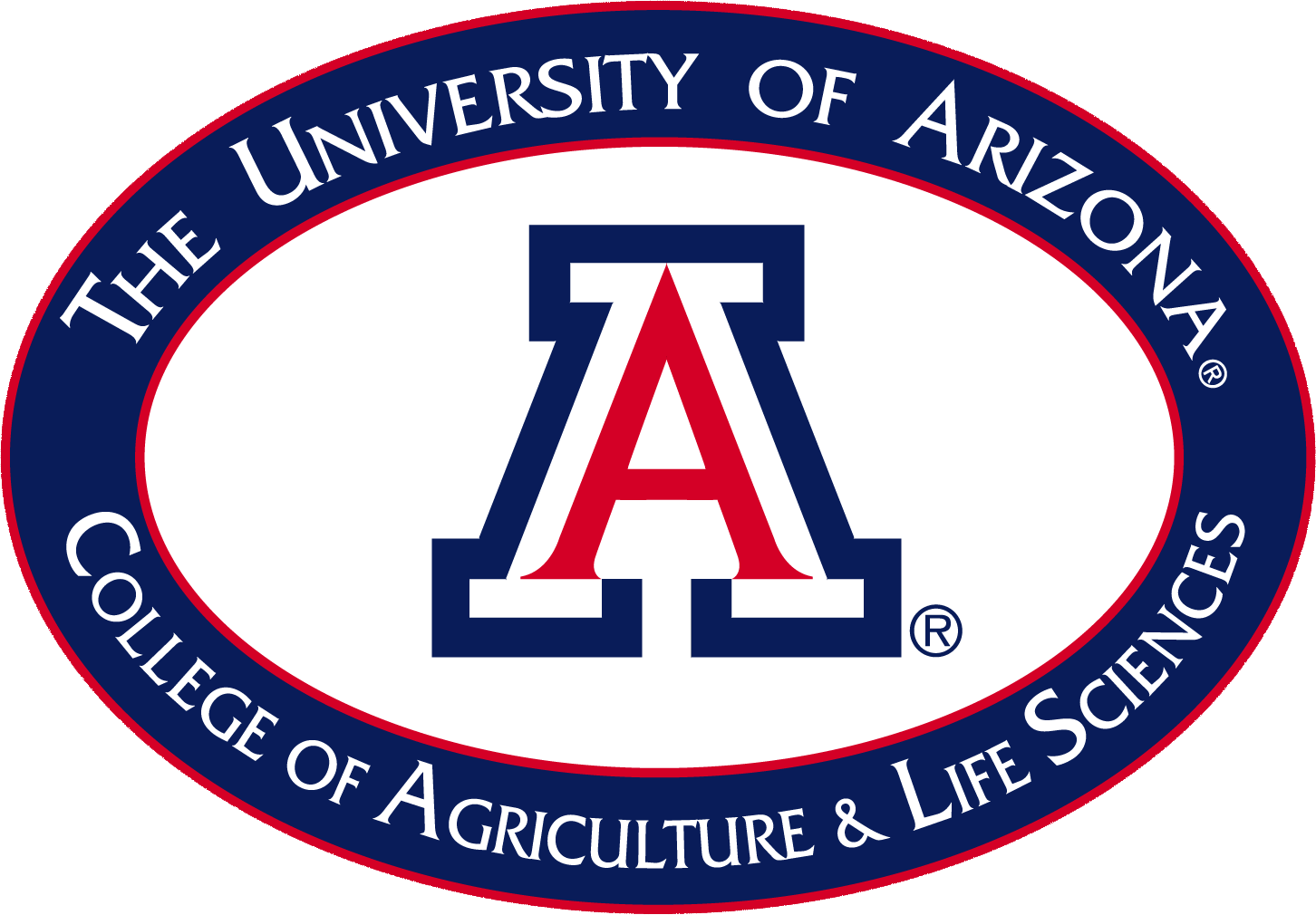 Many agricultural problems or situations arise in teaching high school
agriculture classes where the important values lie in the possession of the
specific, up-to-date facts, knowledge and information relative to approved
practices and advanced technology in the field of agriculture. These
problems or situations require "functioning" (cognitive)
information. It is assumed that if students are to carry our a specific
task, skill or operation, they should be able to do or at least understand how
it can be done if they have the necessary information. Often times such
teaching requires some manipulative skills and perhaps some decisions need to be
reached--but the primary emphasis is placed on the acquisition of knowledge
through the media of information, facts, etc.
Many agricultural problems or situations arise in teaching high school
agriculture classes where the important values lie in the possession of the
specific, up-to-date facts, knowledge and information relative to approved
practices and advanced technology in the field of agriculture. These
problems or situations require "functioning" (cognitive)
information. It is assumed that if students are to carry our a specific
task, skill or operation, they should be able to do or at least understand how
it can be done if they have the necessary information. Often times such
teaching requires some manipulative skills and perhaps some decisions need to be
reached--but the primary emphasis is placed on the acquisition of knowledge
through the media of information, facts, etc.
The important teacher preparation for lessons handled on the informational
basis is a complete lesson plan which includes thorough analysis of the
information necessary to achieve the educational objectives.
More information regarding Informational lesson and a sample lesson plan can
be seen by selecting the books.
Sample Format for an Informational Lesson
Including Example Time Budget
Area:
Unit:
Lesson Title:
Competency:
Need: List the important reasons the lesson is
taught.
Lesson Objectives:
1. What the students should know as a result of
instructions.
2. What the students should be able to do.
Introduction/Interest
Approach: (10 minutes)
1. Clearly explain
objectives.
2. Bring out why lesson is important through
questioning.
3. Stress immediate or future application.
4. Identify student and community needs.
5. Use realia.
Content and Methodology (40
minutes)
1. Questions for Study and Discussion
a. Through discussion, develop a list of study questions with the
assistance of students.
b. By suggestive questioning, list additional questions which need to be
answered if objectives are to be achieved.
c. List study questions on board and have students copy into their
notebooks.
2. Supervised Study and Discussion
a. Distribute reference books/materials/resources.
b. Students find solutions and/or answers to the study questions
identified above.
c. Through student participation, discuss their answers to study
questions.
d. When correct analysis or answers have been agreed upon, list on board
or transparency.
e. Students write correct answers in their notebook or worksheet.
3.
Application
a. Teacher identifies and utilizes specific activities (such as
hands-on experience, games, cooperative learning techniques, etc.) that
reinforce the information learned.
Summary and Conclusion (5 minutes)
1.
Summary:
a. Review lesson based upon objectives.
b. Summarize the key points of the lesson.
c. Involve students in developing a consensus statement which concludes
the lesson.
2. Conclusion
a. Write the conclusion on the board/overhead and have students copy the
conclusion in their notes.
b. Relate to the next lesson.
Realia List
1. List
specific references to textbooks, bulletins, software, visual aids, and other
instructional materials to be utilized in the lesson.
Academic Concepts
Identify
specific concepts contained in the lesson.
return to top

 The University of Arizona
The University of Arizona![]()